![]()
This year, the world celebrates the 100th anniversary of a camera that revolutionized photography: the Leica I. Often called the Leica Standard, this compact 35mm rangefinder was introduced at the 1925 Leipzig Spring Fair and marked the beginning of modern handheld photography. It didn’t just represent a technological leap — it sparked a cultural and artistic movement.
Over the past century, the Leica I has become one of the most iconic pieces of photographic equipment in history, not just for what it did, but for what it made possible. As we reflect on its centennial, the Leica I’s origin, design, and legacy reveal an extraordinary story of innovation, perseverance, and influence.
At a Glance
The World Before Leica: Photography in the Early 20th Century
To understand the seismic impact of the Leica I, it’s essential to grasp what photography looked like before its arrival. At the dawn of the 20th century, photography was still primarily a studio affair or the domain of dedicated amateurs. Most cameras were bulky and complex, often requiring glass plates or large sheet film, and taking a photograph involved setting up a tripod, carefully composing the frame, and sometimes bracketing exposures to ensure a usable image.
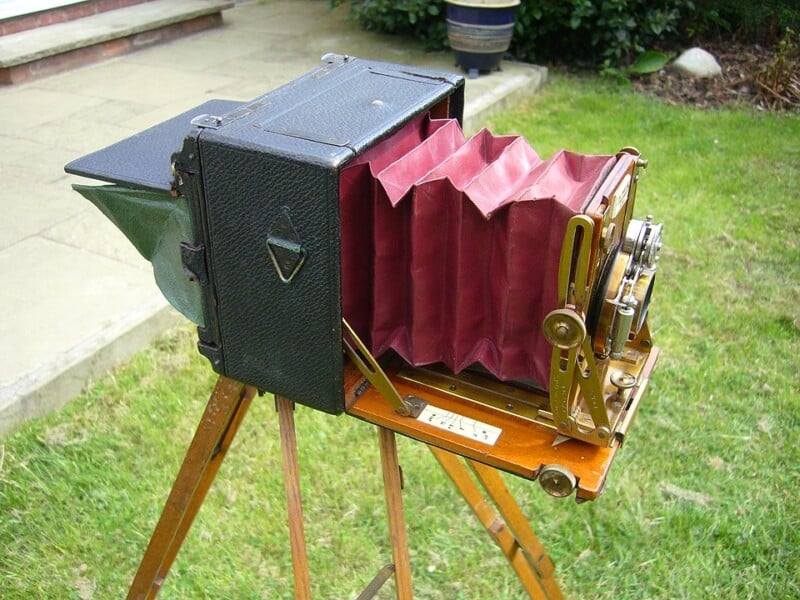
Portable cameras existed, such as Kodak’s box cameras or folding models, but these were primarily geared toward casual snapshots and lacked both precision and quality optics. More serious photographers used large-format equipment, which was cumbersome and not well-suited for candid or spontaneous work. The concept of a truly pocketable camera that could deliver sharp, publication-ready results was almost unthinkable.
What was needed was a small, precise, and reliable system — one that could democratize quality photography and move it from the studio to the street.
Oskar Barnack and the Birth of the Leica
The Leica’s story begins not in a camera factory, but in a microscope lab. In the early 20th century, the Ernst Leitz company of Wetzlar, Germany, was a respected manufacturer of microscopes and optical instruments. Among their employees was a brilliant engineer named Oskar Barnack, who joined the firm in 1911 to work on motion picture technology and scientific instrumentation.
Barnack, however, was more than just a technician — he was a passionate amateur photographer. But photography in the 1910s was a physically demanding pursuit. But for Barnack, who suffered from chronic asthma, the sheer bulk of photographic gear was a considerable barrier to pursuing his hobby. His health issues became the unlikely catalyst for one of photography’s most significant innovations.
In 1913, Barnack proposed something radical: why not adapt 35mm motion picture film, which was already widely available, for use in a still camera? Rather than using the 18x24mm frame size typical of movie cameras, he rotated the film transport horizontally to double the negative size to 24x36mm, a decision that would prove foundational for photography and eventually digital sensors.
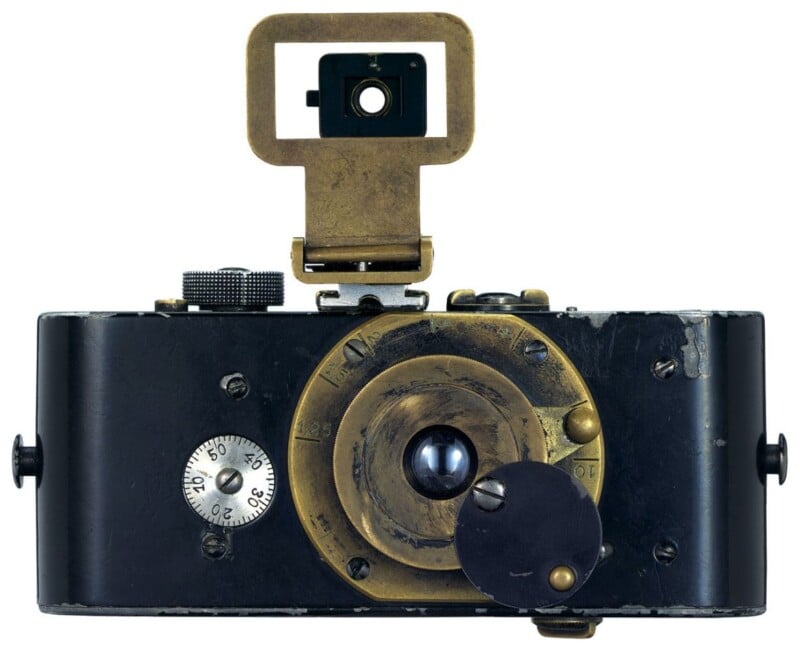
This concept became the Ur-Leica (“original Leica”), a prototype small enough to fit in a coat pocket, with a collapsible lens and a newly designed horizontal-run focal-plane shutter. Though rudimentary, the prototype was already proof of concept for Barnack’s vision: a high-quality, compact, and portable camera that could take many exposures on a single roll of film — up to 36 frames.
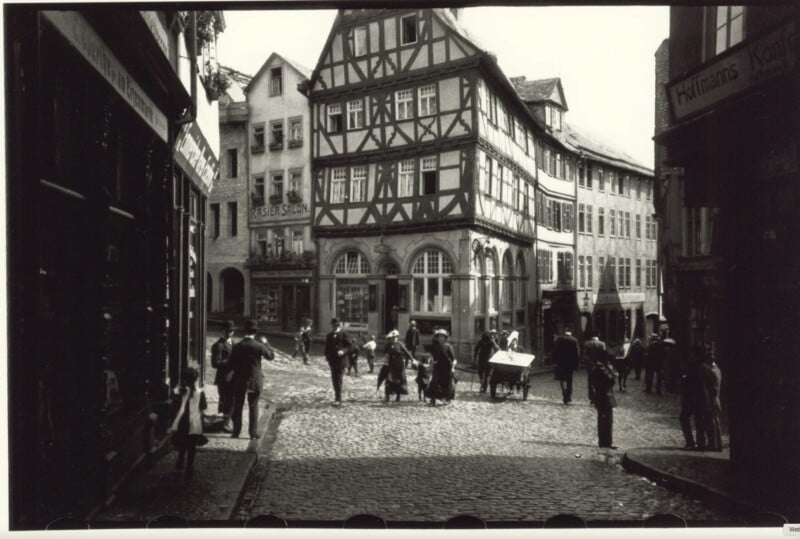
But a small camera was only half the battle. The more complex challenge lay in designing a lens that could render sharp images on a relatively small negative. This was no trivial matter.
The Optical Challenge: Designing a Lens for 24x36mm
At the time, most lenses were optimized for either much smaller or much larger formats. When reduced to 35mm, even modest optical flaws — field curvature, coma, astigmatism, and chromatic aberrations — became more pronounced. The reduced size of the negative demanded far greater resolving power from the lens, and cinema lenses didn’t support such a larger image circle. Barnack felt, however, that every grain of emulsion counted.
In the original Ur-Leica, Barnack had experimented with a 50mm f/4.5 lens, adapted from a Cine Tessar — a lens design developed by Zeiss and popular in motion picture cameras. While this lens worked well enough for testing purposes, it was not suitable for production. So, Barnack settled for a Leitz Mikro-Summar 42mm f/4.5 (pictured in the above photo). But Barnack knew that to achieve critical sharpness and contrast across the entire 24x36mm frame, a new lens would have to be designed from the ground up.
The job fell to Max Berek, Leitz’s chief optical designer. Berek was an expert in microscope optics but rose to the occasion by designing what would become the first dedicated Leica lens: a 50mm f/3.5 known as the Leitz Anastigmat and later renamed Elmax (for E Leitz and Max Berek). Berek then designed a final version — the Elmar.

The Elmar was inspired in part by the Cooke triplet, a three-element design introduced in 1893 by British lensmaker Harold Dennis Taylor. But Berek improved it by using a four-element design in three groups, which gave the lens better correction for chromatic and spherical aberrations while keeping it compact and sharp. The lens elements were made from high-quality optical glass produced by Schott, and their curvature and spacing were painstakingly optimized using manual calculations — remember, this was decades before computer-aided lens design.
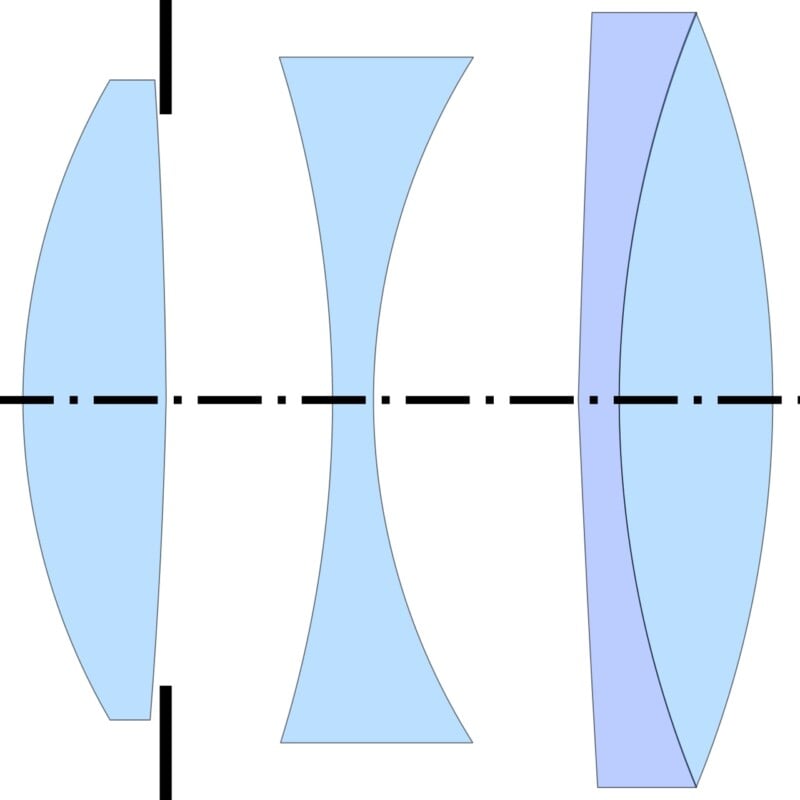
The choice of 50mm as the standard focal length was also deliberate. When paired with the 24x36mm frame, the 50mm lens gave a field of view similar to the diagonal of the sensor — and some say similar to the human field of vision, but that’s a much more complex topic — making it ideal for general-purpose photography. It also allowed enough distance between subject and camera to minimize perspective distortion, while being compact enough to fold into the body for portability. The focal length’s legacy remains strong to this day — so much so that the 50mm is still referred to as the “normal” lens.
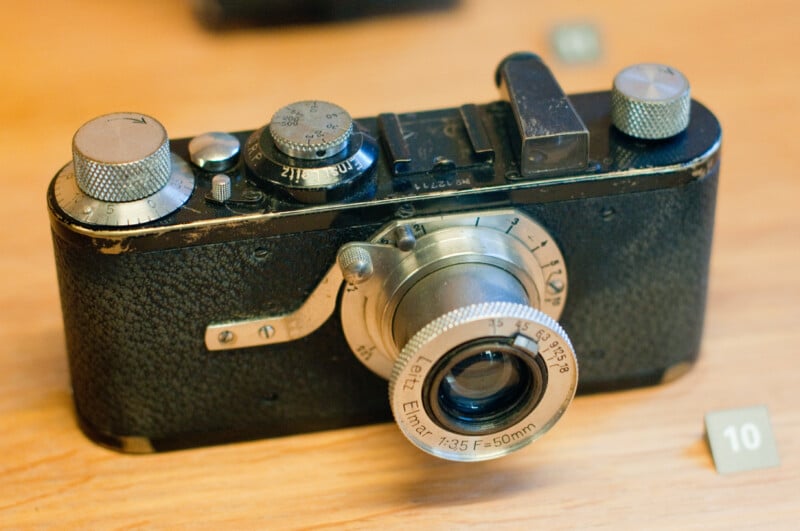
To keep the camera pocketable, the Elmar lens was designed to collapse into the body when not in use. This meant engineering a precise helicoid and locking mechanism that would allow the lens to be pulled out, set to focus, and then safely pushed back into the housing without damaging the front element or misaligning the optical path.
The collapsible design helped maintain the Leica’s key selling point: ultimate portability without sacrificing optical quality. It also gave the camera its distinctive look, with a short lens tube that jutted out when in use but retracted flush with the body.
The First Real 35mm System
With Barnack’s compact camera body and Berek’s precision optics, the Leica became the first true 35mm still photography system. It was fast (due to its rapid wind-on mechanism), discreet (thanks to its small size), and capable of extraordinary sharpness. The Elmar lens became synonymous with the Leica brand and would evolve into multiple generations and focal lengths — many of which are still in production in some form today.
In a way, the lens and the camera were co-evolved. Barnack’s mechanical genius and Berek’s optical expertise complemented each other, resulting in a camera-lens combination that didn’t just work — it excelled. The marriage of form and function was so tight that future Leica cameras would maintain the same screw-mount philosophy, interchangeable lenses, and rangefinder focus until the release of the Leica M3 almost three decades later.
Launching a Revolution: The 1925 Leipzig Spring Fair
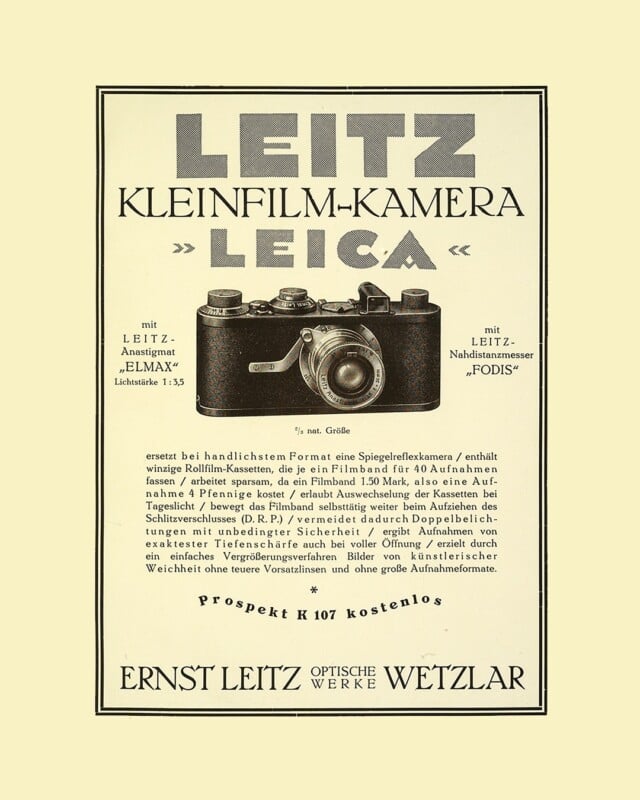
The Leica I made its public debut at the Leipzig Spring Fair in March 1925. Named for “Leitz Camera,” the Leica was unlike anything else on the market. The fixed 50mm f/3.5 Elmar lens was built into a sleek metal body measuring just 133mm wide. The lens was collapsible, the camera used replaceable film cassettes, and it featured a horizontal focal-plane shutter capable of speeds from 1/25 to 1/500 second.
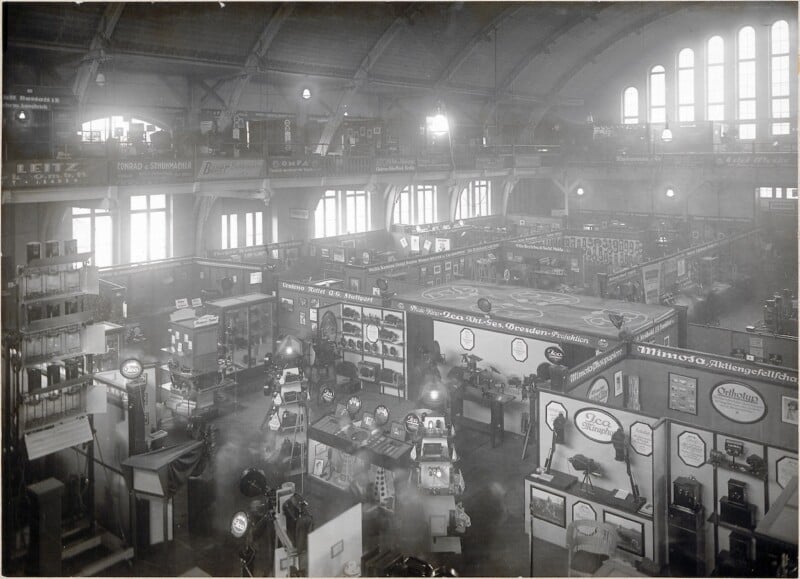
It was compact, solid, and revolutionary.
The Leica I was not an instant commercial success. At 320 Reichsmarks ($75.83 in US Dollars, equivalent to $1,393 today), it was expensive, and the idea of 35mm film for still photography was unfamiliar. But as early adopters began to demonstrate the camera’s capabilities — particularly in journalistic and travel contexts — the buzz grew. German photo magazines ran glowing reviews. Foreign press took notice. And most importantly, professional photographers started buying them.
The Leica I quickly proved its worth: it could shoot rapidly, go anywhere, and deliver sharp images on film that was readily available and inexpensive. Within a few years, it was reshaping not just how photos were taken, but what photographers could do.
It sold 1,000 units in the first year.
Technical Achievements and Design Philosophy

What made the Leica I such a breakthrough wasn’t just its size; it was the combination of technical refinement, usability, and reliability. Every aspect of the camera had been meticulously engineered:
- The film transport mechanism was incredibly advanced for its time, allowing tight, flat film registration — a necessity for sharp images with small negatives.
- The lens, the Elmar 50mm f/3.5, was collapsible for compactness but could produce remarkably sharp and contrasty images for the era.
- The shutter was a precision horizontal cloth curtain design, offering speed, flexibility, and dependability.
- The build quality, forged in the high-precision environment of Leitz’s optical workshops, set a new bar for consumer photographic equipment.
Equally important was the camera’s design philosophy. Barnack had not just created a tool — he had developed a system. The Leica was simple and intuitive, yet expandable. It fit into the user’s life, not the other way around. Photographers could carry it in a coat pocket, shoot unobtrusively, and reload it with ease. That user-centered approach, rare in a time of often clunky equipment, was key to its success.
The Rise of 35mm and the Leica Legacy
The Leica I not only legitimized 35mm photography, it defined it. By the late 1920s and early 1930s, competitors like Zeiss Ikon were racing to develop their own 35mm cameras. The format, once dismissed as too small, began to dominate photojournalism, documentary work, and travel photography.
The Leica I led to a succession of even more advanced models. The Leica II, introduced in 1932, added a coupled rangefinder. The Leica III in 1933 brought slow shutter speeds and further refinements. By the time of World War II, Leica cameras were in the hands of photographers across the globe, from war correspondents (yes, including the Nazis) to street shooters to scientists documenting the world in motion.
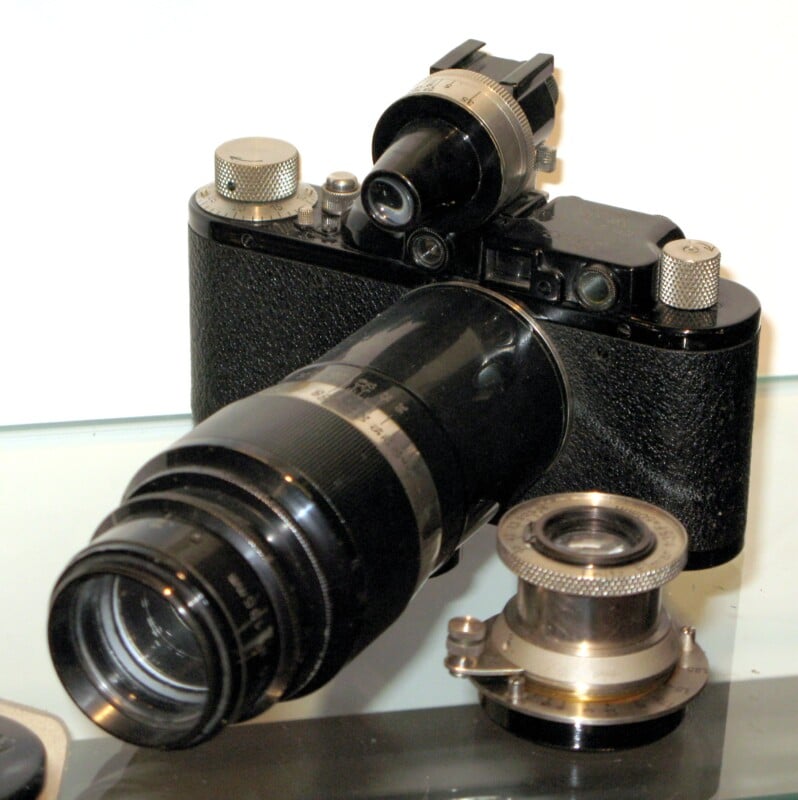
The Leica also helped create new genres of photography. The ability to capture spontaneous moments without bulky gear fostered the rise of candid, naturalistic photography. Figures like Henri Cartier-Bresson, Robert Capa, and Alfred Eisenstaedt turned the Leica into a tool of humanistic vision. They didn’t just record events — they revealed life.
The Leica Standard Today
Looking back from 2025, it’s remarkable how many elements of the Leica I are still with us. The 24x36mm format is now known as “full-frame” in digital parlance, and is basically the size all other sensors are measured against. The 50mm focal length remains a gold standard, with possibly more 50mm lenses produced than any other focal length. The idea of a compact, go-anywhere camera with a sharp lens and intuitive controls remains the holy grail of street and documentary photographers.
Even the Leica brand itself continues to build on that legacy. Modern Leica cameras — both film and digital — retain the same emphasis on optical excellence, minimalism, and build quality. A digital Leica M11, for example, may be worlds apart technologically from a Leica I, but conceptually it’s not far off: small, precise, unobtrusive, and built to last.
And yet, the Leica I has become more than just a collectible. In the past few decades, a renewed interest in film photography has brought new appreciation for these early masterpieces. Working examples of Leica I cameras are still used today, and they continue to deliver excellent results. Collectors prize them, but so do artists and photographers who find in them a tactile, meditative connection to the craft.
One Hundred Years of the Leica I
One hundred years after it stunned the world in Leipzig, the Leica I stands as one of the most essential cameras ever made — not just because of its technical achievements, but because it redefined what photography could be.
It made photography faster, lighter, and more democratic. It empowered storytellers, journalists, and artists. It moved photography from staged formalism to spontaneous realism. In doing so, it helped usher in the photographic century — the 20th century in which the camera became the dominant medium of memory, art, and truth.
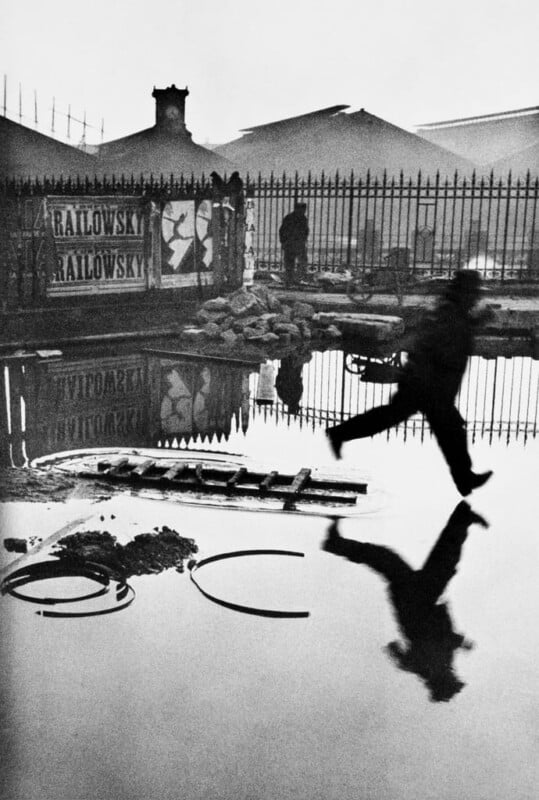
As we mark its centennial in 2025, the Leica I is not just a historical artifact. It’s a symbol of bold vision, engineering brilliance, and enduring influence. And whether you’re a seasoned Leica shooter or a newcomer marveling at its legacy, the little camera from Wetzlar still speaks with a quiet but unmistakable clarity: great things come in small packages.
Image credits: Header photo via Leica
Source link